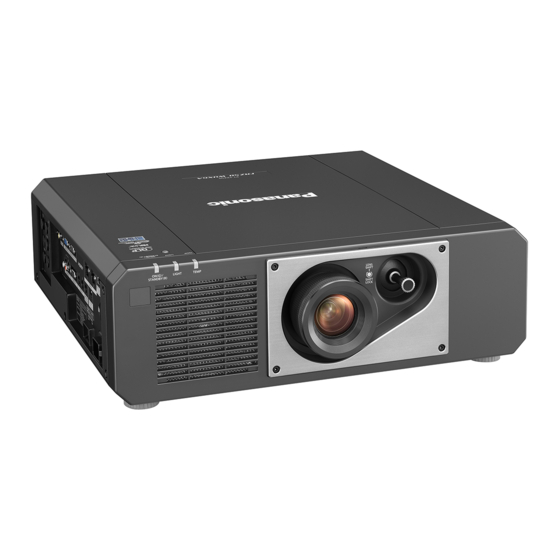Table of Contents
Advertisement
Quick Links
Thank you for purchasing this Panasonic product.
■ This manual is common to all the models regardless of suffixes of the Model No.
z for Taiwan
BT: Black model
z for India
BD: Black model
z for other countries or regions
B: Black model
■ Before operating this product, please read the instructions carefully and save this manual
for future use.
■ Before using this product, be sure to read "Read this first!" ( x pages 4 to 13).
Operating Instructions
DLP™ Projector
W: White model
Functional Manual
Commercial Use
PT-FRZ60
Model No.
PT-FRZ50
ENGLISH
DPQP1349ZA/X1
Advertisement
Table of Contents


















Need help?
Do you have a question about the PT-FRZ50 and is the answer not in the manual?
Questions and answers